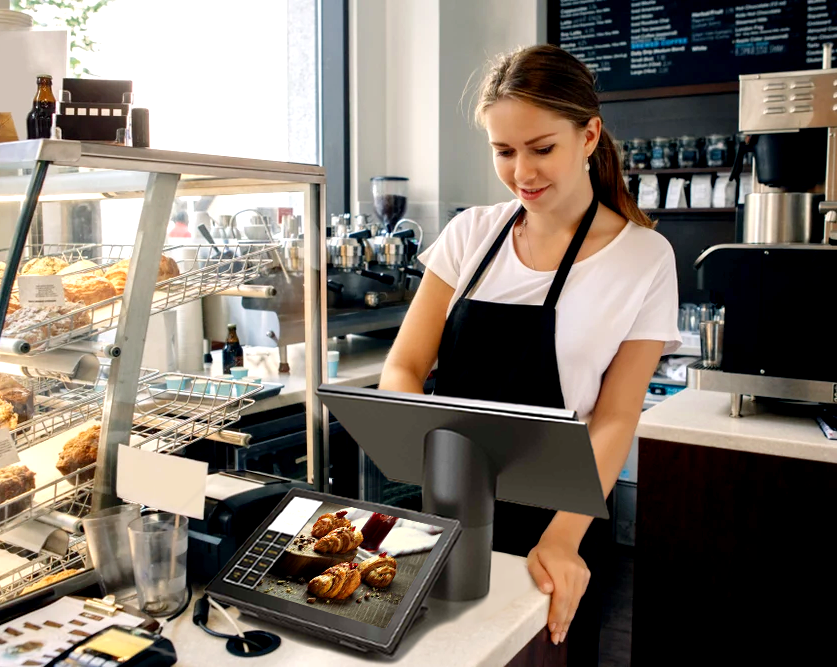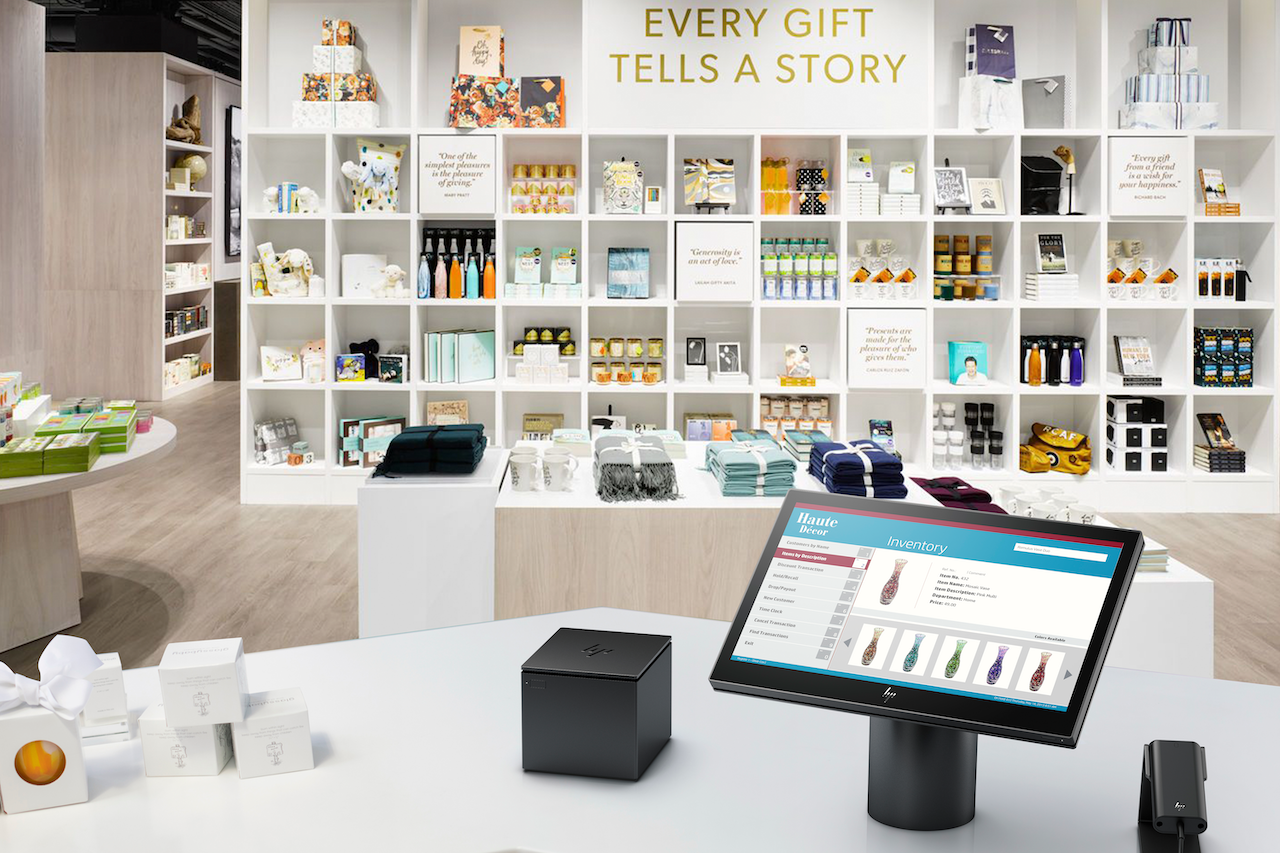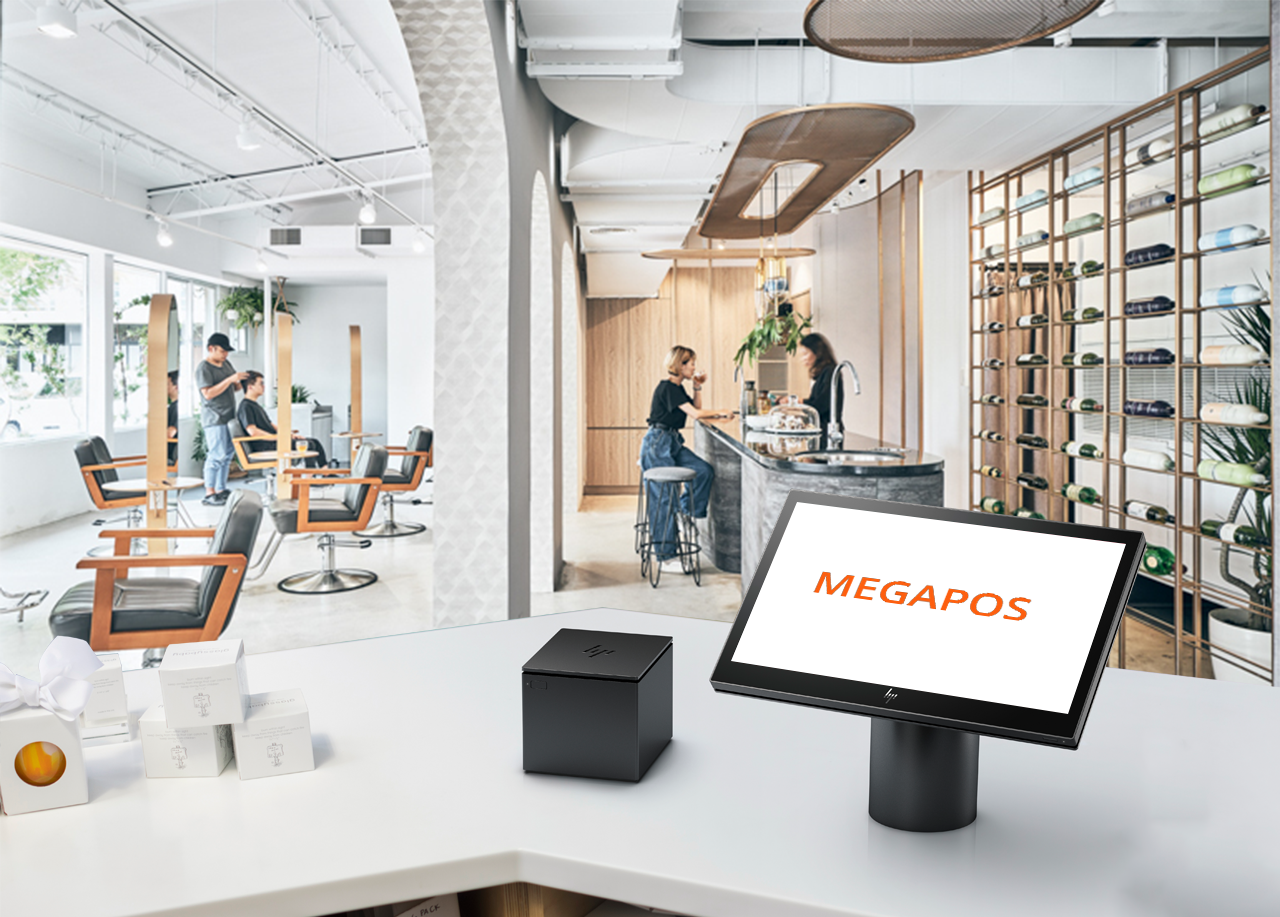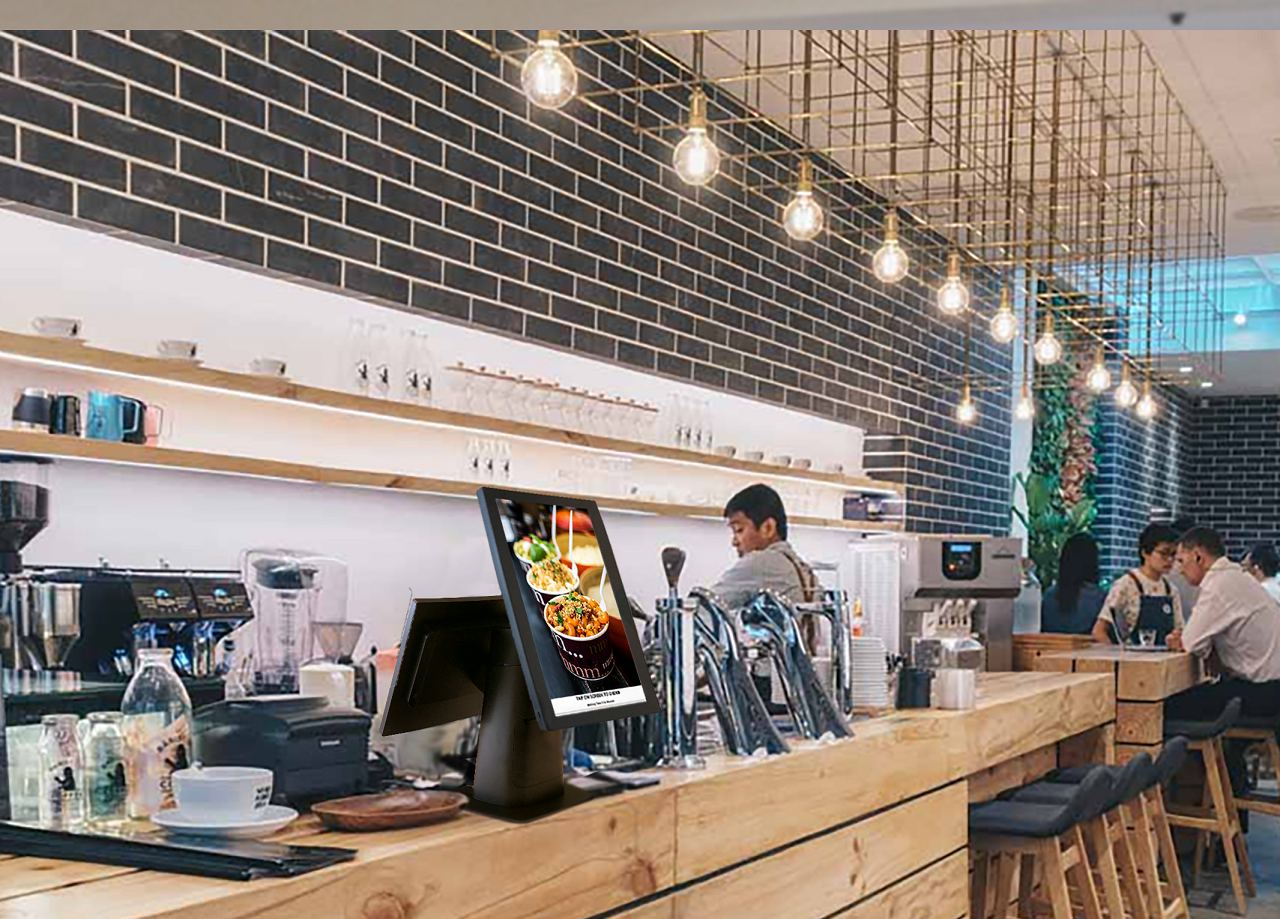How self ordering kiosks have transformed quick service restaurants
Quick Service Restaurants (QSRs) operates at a super fast pace especially during peak periods and self-ordering kiosks has brought about a transformative shift, reshaping the dining experience for both customers and restaurant owners. This article explores how self-ordering kiosks have become a game-changer for QSRs, enhancing efficiency, customer satisfaction, and overall operational success.
Self-Ordering Kiosks in Quick Service Restaurants
Quick Service Restaurants have traditionally been synonymous with speed and convenience. Self-ordering kiosks represent the next step in this evolution, offering patrons a faster and more personalized way to place and receive their orders.
Minimizing Wait Times
One of the most notable advantages of self-ordering kiosks is their ability to minimize wait times for customers. Traditionally, long queues during peak hours can be a major bottleneck, leading to frustrated patrons and a dip in overall customer satisfaction. Self-ordering kiosks enables business owners to set up more ordering terminals without having to hire more cashiering staff which is cost effective and helps alleviate the ordering bottleneck. By reducing the reliance on traditional cashier-based systems, the ordering process becomes faster and more efficient.
Increasing Order Accuracy
The integration of self-ordering kiosks with Point of Sale (POS) systems plays a pivotal role in enhancing order accuracy. Traditional manual order-taking processes are prone to human errors, such as miscommunication or misinterpretation of customer preferences. Self-ordering kiosks, on the other hand, provide a direct and accurate interface for customers to input their orders. This not only ensures that the orders are recorded precisely but also eliminates misunderstandings that can arise in verbal exchanges, leading to a significant reduction in order errors.
Reducing Bottlenecks during Peak Hours
Peak hours are a double-edged sword for QSRs. While it signifies high demand, it often results in long queues and operational bottlenecks. Self-ordering kiosks are the solution to alleviate these challenges. By distributing the order-taking process across multiple kiosks, the burden on a centralized cashier is reduced. This helps in distributing the workload evenly, preventing the formation of lengthy queues and reducing the stress on staff during peak hours. As a result, QSRs can efficiently handle higher volumes of customers without compromising on service quality.
Enhancing Operational Efficiency
Overall, the introduction of self-ordering kiosks enhances the operational efficiency of QSRs. It allows staff to focus on essential tasks beyond order-taking, such as food preparation, quality control, and customer service. The seamless integration with POS systems ensures that orders are instantly relayed to the kitchen, expediting the preparation process. This not only reduces the overall service time but also contributes to a smoother flow of operations, creating a positive impact on both customers and restaurant staff.
Encouraging Customer Empowerment
Beyond operational efficiency, self-ordering kiosks empower customers by providing them with control over their dining experience. Customers can take their time exploring the menu, customizing orders based on preferences, and making informed decisions. This empowerment not only enhances the overall customer experience but also contributes to customer satisfaction and loyalty.
In conclusion, the integration of self-ordering kiosks in QSRs is a strategic move to streamline the ordering process, minimize wait times, enhance order accuracy, and reduce operational bottlenecks during peak hours. This technological innovation not only improves the efficiency of day-to-day operations but also contributes to a more positive and seamless dining experience for both customers and restaurant staff.
The Integration of Self-Ordering Kiosks and POS Systems
Real-Time Order Processing:
Integration with POS systems enables self-ordering kiosks to communicate seamlessly with the restaurant's order management system. Orders placed through kiosks are relayed in real-time to the POS system, ensuring that the kitchen staff can promptly begin preparing the requested items. This swift order processing minimizes delays, enhances efficiency, and contributes to a faster overall dining experience for customers.
Centralized Order Hub:
The integration consolidates order information into a centralized hub, allowing staff to monitor and manage all orders efficiently. Whether an order is placed at the counter, through a server, or via a self-ordering kiosk, the POS system serves as the central repository, ensuring uniformity and consistency in order management.
Automated Inventory Updates:
The integration extends its impact to inventory tracking, providing automated updates on stock levels as orders are processed. As self-ordering kiosks receive and confirm customer selections, the POS system dynamically adjusts inventory levels. This real-time synchronization minimizes the risk of overselling items, reducing instances of unfulfilled orders and enhancing overall inventory accuracy.
Inventory Forecasting:
Leveraging historical data from both POS and self-ordering kiosk transactions, the integrated system can facilitate predictive inventory forecasting. This insight allows QSRs to anticipate demand trends, optimize stock levels, and mitigate the risk of stockouts or overstock situations. Ultimately, this proactive approach contributes to operational efficiency and cost-effectiveness.
Seamless Communication Across Platforms:
The integration fosters operational cohesion by establishing seamless communication between different operational facets. For instance, changes made to the menu through the POS system are instantly reflected on the self-ordering kiosks, ensuring that customers have access to accurate and up-to-date menu options.
Unified Reporting and Analytics:
The integrated system enables unified reporting and analytics, providing comprehensive insights into sales, customer preferences, and operational performance. QSR managers can assess data from both POS transactions and self-ordering kiosk interactions, facilitating informed decision-making to optimize menu offerings, pricing strategies, and staffing requirements.
Consistent Pricing and Promotions:
The seamless integration ensures consistency in pricing and promotions across all ordering channels. Whether a customer orders at the counter or through a self-ordering kiosk, they receive the same pricing and promotions, contributing to a fair and uniform customer experience.
Order History and Personalization:
The integrated system allows for centralized storage of customer order history. This information can be leveraged for personalization efforts, such as recommending past favorites or tailoring promotions based on individual preferences. This enhances the customer experience by making interactions more personalized and memorable.
In conclusion, the seamless integration of self-ordering kiosks with POS systems in QSR operations transcends mere efficiency; it creates a holistic and cohesive operational environment. From efficient order management to accurate inventory tracking and enhanced customer experience, this integration is a strategic investment that positions QSRs at the forefront of technological innovation in the food service industry.
Improved Order Accuracy:
Emphasize how self-ordering kiosks contribute to improved order accuracy, reducing the likelihood of errors in customer orders. This leads to increased customer satisfaction and a positive dining experience.
Personalized Recommendations:
Discuss how self-ordering kiosks can leverage data to provide personalized recommendations based on customer preferences. This enhances upselling opportunities and strengthens the connection between the customer and the restaurant.
In conclusion, the adoption of self-ordering kiosks has ushered in a new era for Quick Service Restaurants, redefining the standards of speed, efficiency, and customer satisfaction. As QSRs continue to innovate, embracing technologies like self-ordering kiosks and seamlessly integrating them with POS systems will be crucial for staying competitive and meeting the evolving expectations of modern consumers. Embrace the transformation, enhance your QSR's operational excellence, and lead the way in the fast-food industry with the power of self-ordering kiosks.
Book a demo at our showroom
Cloud POS System for Every Industry
Food & Beverage Cloud POS System
F&B operations range from simple to complex. MEGAPOS Cloud POS systems has all the features that your F&B operations needs and will need as you grow.

Retail Cloud POS System
Optimised for businesses in the retail industry. Features for all your basic retail operation needs and more.

Salon/Wellness Cloud POS System
Online booking of appointments, appointment management, staff sales and commission and customer package redemptions have never been easier with MEGAPOS Salon cloud POS system


MEGAPOS 2-in-1: POS Kiosk
MEGAPOS POS Kiosk is designed to meet the needs of F&B businesses that are looking to digitalize their ordering process with a self order kiosk but face space constraints and require a cost effective solution. With MEGAPOS POS Kiosk, you get a cloud POS system and a self ordering kiosk, two in one!
